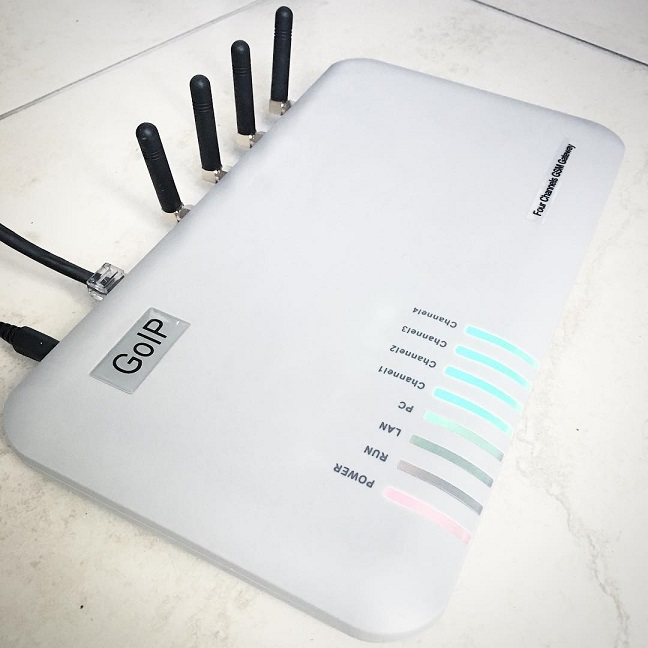Usually, to extend the functionality, there is a special Fn key on laptop keyboards.
If you hold it and press keys, for example, from F1 to F12, then they will perform completely different functions, change the screen brightness, volume level, put the system into sleep mode, turn off/on the Wi-Fi adapter, etc.
But in my case, everything was the opposite, when I needed the F1-F12 keys, instead of them, functional ones worked, which usually work with the Fn clamped, and to press F4 for example, I had to clamp the Fn key as well.
As it turned out, the BIOS had an option Action Keys Mode (in Lenovo laptops – HotKey Mode), the default value of which was Enable, which resulted in the function keys working without pressing Fn.
To make the F1-F12 keys work as usual, set the value to Disable.
By the way, if your function keys do not work at all, then rather the driver is not installed in the system.
See also my article:
Why do Mac function keys work without fn and instead of F1-F12
